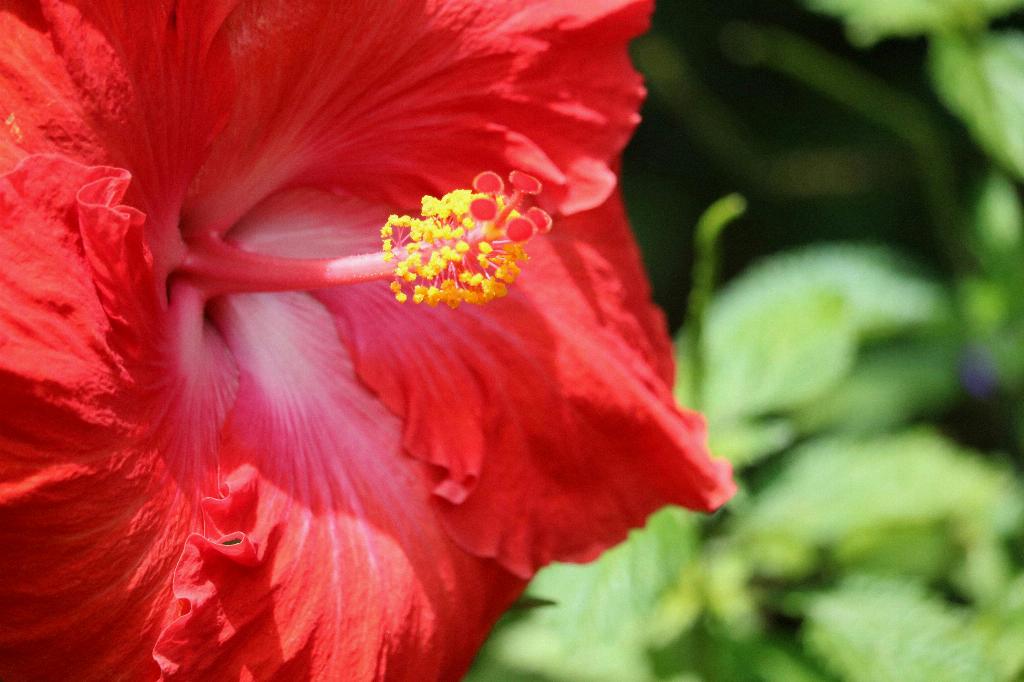When it comes to the ideal growing conditions for hibiscus plants, sunlight plays a crucial role. Hardy hibiscus, in particular, thrives best when it receives full sun. This means providing them with at least 6 to 8 hours of direct sunlight each day. While hibiscus plants can tolerate some shade, placing them in full sun will promote optimal growth and abundant flowering.
If you reside in regions with scorching hot summers, it’s essential to monitor your hibiscus during the peak sun hours. In such cases, offering them some shade during the hottest part of the day can prevent stress and sunburn. Consider providing a temporary shade cloth or planting them in an area where they receive afternoon shade to shield them from the intense midday sun.
When planning your garden layout, it’s advisable to position your hibiscus plants along or at the back of perennial flower beds. This placement not only adds a pop of vibrant color to your garden but also ensures that the hibiscus receives ample sunlight without being overshadowed by taller plants.
To care for your hardy hibiscus and encourage healthy growth, regular maintenance practices should be incorporated into your gardening routine. Apart from ensuring they are planted in a sunny spot, providing well-draining soil and watering consistently to keep the soil moist (but not waterlogged) are essential steps.
Aside from proper sunlight exposure, feeding your hibiscus with a balanced fertilizer during the growing season can further enhance their overall health and vigor. Consider using a slow-release fertilizer formulated for flowering plants to provide them with the necessary nutrients for robust growth and abundant blooms.
In regions where extreme heat is a common occurrence, it’s crucial to monitor your hibiscus for signs of stress such as wilting or yellowing leaves. Providing additional mulch around the base of the plant can help retain soil moisture and regulate the soil temperature, mitigating the impact of intense sunlight.
Regularly inspect your hibiscus for pests and diseases, as these can hinder their growth and flowering abilities. In case of any infestations, promptly address the issue with appropriate pest control methods to prevent further damage to your plants.
During the winter months, it’s essential to protect your hibiscus from frost if you live in colder climates. Consider covering them with a frost cloth or temporarily moving them to a more sheltered location to safeguard them from freezing temperatures.
Pruning your hibiscus plants in late winter or early spring can help promote new growth and enhance flowering. Remove any dead or damaged branches, as well as shaping the plant to maintain an attractive form. Remember to sterilize your pruning tools to prevent the spread of diseases.
By following these care tips and providing your hibiscus with the right conditions, including full sun exposure, you can enjoy a vibrant and flourishing garden filled with beautiful hibiscus blooms. Remember that each plant is unique, so make observations and adjustments based on the specific needs of your hibiscus to ensure their optimal growth and health.

